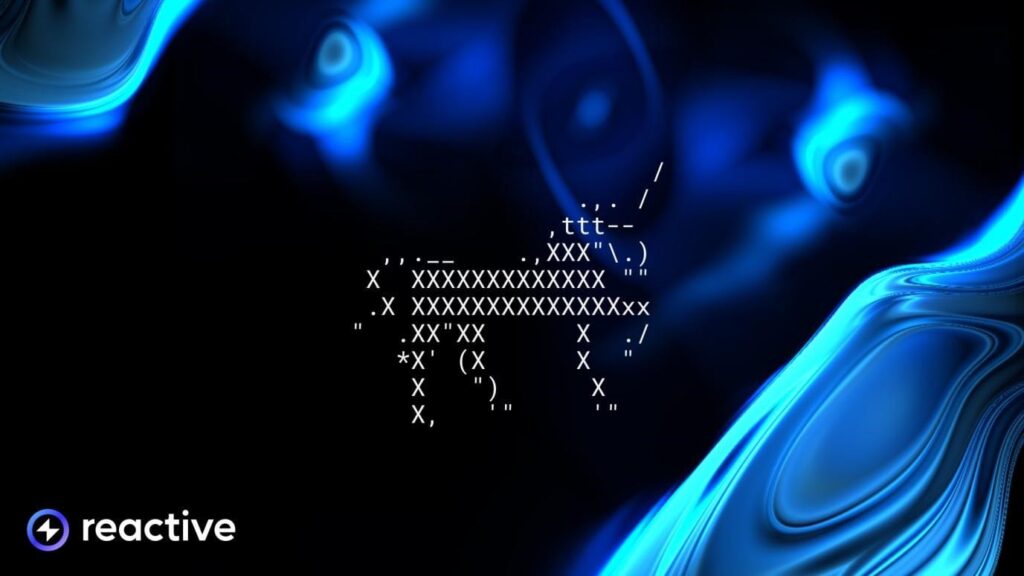In the dynamic blockchain universe, cross-chain interactivity has traditionally posed a significant challenge for developers. Without cross-platform communication, there are only fragmented ecosystems with limited potential. But that is about to change with PARSIQ’s Reactive Network.
Founded in 2018, PARSIQ is a blockchain monitoring and workflow automation platform connecting on- and off-chain applications in real-time. The company offers quick access to Web3 data with the help of filtered and indexed APIs tailored to diverse business requirements. The list includes the Tsunami, DEX, Balances and NFT APIs.
One of PARSIQ’s biggest talking points is the Reactive Network. The company launched the testnet in May and the platform promises to bridge the gap between centralised and decentralised applications using Reactive Smart Contracts (RSCs). The technology holds several practical applications, especially in areas such as finance, real estate, online gaming and more.
Cross-chain communication is paramount for blockchain interoperability and the seamless functioning and integration of various blockchain ecosystems. When blockchains do not communicate, the isolated networks operate independently without the ability to share data or assets. This fragmentation limits the potential for a unified blockchain ecosystem.
This is a barrier to innovation and increases costs significantly as developers may incur additional expenses when interacting with multiple blockchains, such as conversion fees and the need to use intermediary services to facilitate cross-chain transactions. Reactive Network streamlines interoperability, driving greater adoption and unlocking the full potential of blockchain technology.
What is the Reactive Network and How Does it Work?
Reactive Network redefines how smart contracts operate. The platform allows smart contracts on EVM chains to communicate with each other and respond to real-time triggers, such as a change in users’ account balances, etc. The key features include RSCs, rEVM, rSolidity and the Relayer Network.
While RSCs can initiate new blockchain transactions based on specific events, the Relayer Network allows PARSIQ to detect activities on other EVM chains, promoting cross-chain interactivity. The Reactive Network uses rEVM and rSolidity for reactive functionality on the platform. PARSIQ uses four revolutionary features to promote blockchain interactivity. Here’s a brief overview of the workflow.
· Parallelised EVM: A parallelised EVM improves blockchain interoperability by executing multiple transactions simultaneously instead of sequentially, increasing throughput significantly.
· Inversion of Control (IoC): IoC alters the smart contact’s operational dynamics, allowing it to respond to events happening outside of the blockchain. This helps create flexible decentralised applications.
· ZK Proof: PARSIQ utilises Zero Knowledge (ZK) Proofs to verify the integrity of event chains and historical data across various blockchains. This helps store user data securely and anonymously across different blockchain networks.
· Relayer Network: The Relayer Network enables different blockchain networks to communicate with each other seamlessly. Thus, creating a more cohesive and interconnected blockchain ecosystem. To remain active, Reactive Smart Contracts send transactions to itself in every block and the cycle continues as long as there is sufficient gas balance. The fee per transaction is quite small, meaning these contracts can operate for extended periods without refuelling.
Reactive Network’s Impact on the Future of Blockchain
Reactive Network has the potential to reshape the future of blockchain. The technology can be especially effective in financial applications like DeFi, PERP platforms and lending protocols. RSCs can streamline cross-chain arbitrage across multiple DEXs, allowing traders to capitalise on the price difference across crypto exchanges.
Lending platforms can use RSCs for risk management and autonomous collateral adjustment in response to price fluctuations in the market. That’s not all! Users can also leverage the technology for on-chain arbitrage to overcome the security and latency liabilities of traditional on-off-chain bots.
Reactive Network’s on-chain functionalities democratise arbitrage opportunities to increase transactional efficiency and data security. Not to mention the use of IoC, which streamlines the development of decentralised applications (dApps) and makes them flexible, scalable and cross-chain compatible. Since RSCs can react to external triggers, they are crucial for creating the next generation of dApps that react to real-time conditions without human intervention.
By promoting cross-chain interactivity, the Reactive Network reduces dependency on external data sources, minimising the costs of maintaining dApps and increasing security. As a result, blockchain engineers can enjoy faster and more affordable transactions in their effort to create efficient and powerful cross-chain applications.
https://www.africanexponent.com/reactive-network-paves-the-way-for-a-unified-blockchain-ecosystem/


